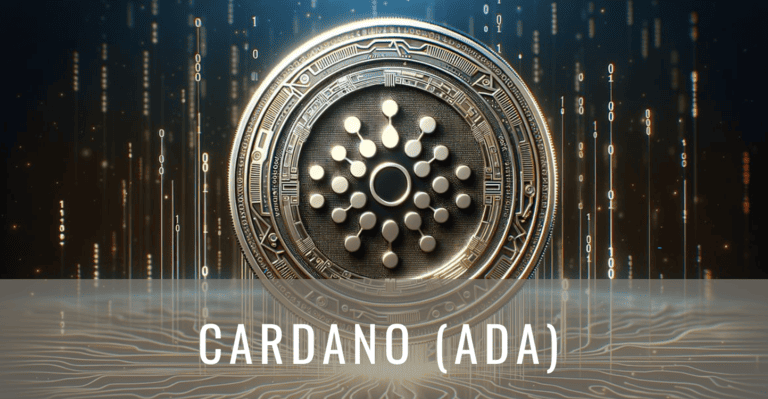TL;DR
- Cardano (ADA) has recorded an inflation rate of 2.5% over the past year, significantly lower than that of Avalanche (AVAX), Polkadot (DOT), and Ethereum (ETH).
- A potential increase in inflation could prompt market reactions and influence demand for scarcer assets such as Bitcoin (BTC).
- Despite its inflationary stability, Cardano faces criticism for low activity in its DeFi network, with the total value locked (TVL) dropping from over $468 million to $170 million.
Cardano (ADA) has recorded an inflation rate of 2.5% over the past year, a figure significantly lower compared to other major cryptocurrencies. This data was highlighted by a member of the ADA community, who compared the asset’s inflation with that of other coins like Avalanche (AVAX) and Polkadot (DOT), which have inflation rates six and four times higher, respectively. Even Ethereum (ETH), one of Cardano’s closest rivals, has twice the inflation rate.
Cardano’s low inflation level contributes to its appeal within the crypto market, especially in a context where inflation can negatively impact the value and perception of an asset. This feature reinforces the network’s economic stability and its potential to maintain a relatively constant value over time.
Cardano had an inflation of 2.5% over the last 1y. For comparison, Sol: 14%. Avax: 15%. Cosmos: 13%. Dot: 10%
Cardano has achieved stable, significant levels of adoption with low inflation
These are what we call the fundamentals. And it explains why Cardano will remain up there
— ADA whale (@cardano_whale) August 8, 2024
If ADA’s inflation were to rise to levels similar to its competitors, it could provoke a market reaction and influence investors to seek scarcer assets like Bitcoin (BTC).

Cardano and the Challenge of Growing Its Ecosystem
Despite these advances in terms of inflation and stability, Cardano suffers from constant criticism regarding activity on its network and the development of its DeFi (decentralized finance) ecosystem. According to data from DefiLlama, the total value locked (TVL) in ADA’s DeFi protocols peaked at over $468 million on March 14, 2024, but has since fallen to $170 million due to the recent drop in ADA’s price. However, there has been a slight recovery since then, with three protocols—Minswap, Indigo, and Liqwid—now representing over 50% of this value in USD.
On the other hand, Cardano celebrated 2,500 days without network interruptions, a milestone that highlights its operational stability. However, the DeFi ecosystem is still under development, and some critics continue to question the speed of its progress compared to other decentralized finance platforms.

